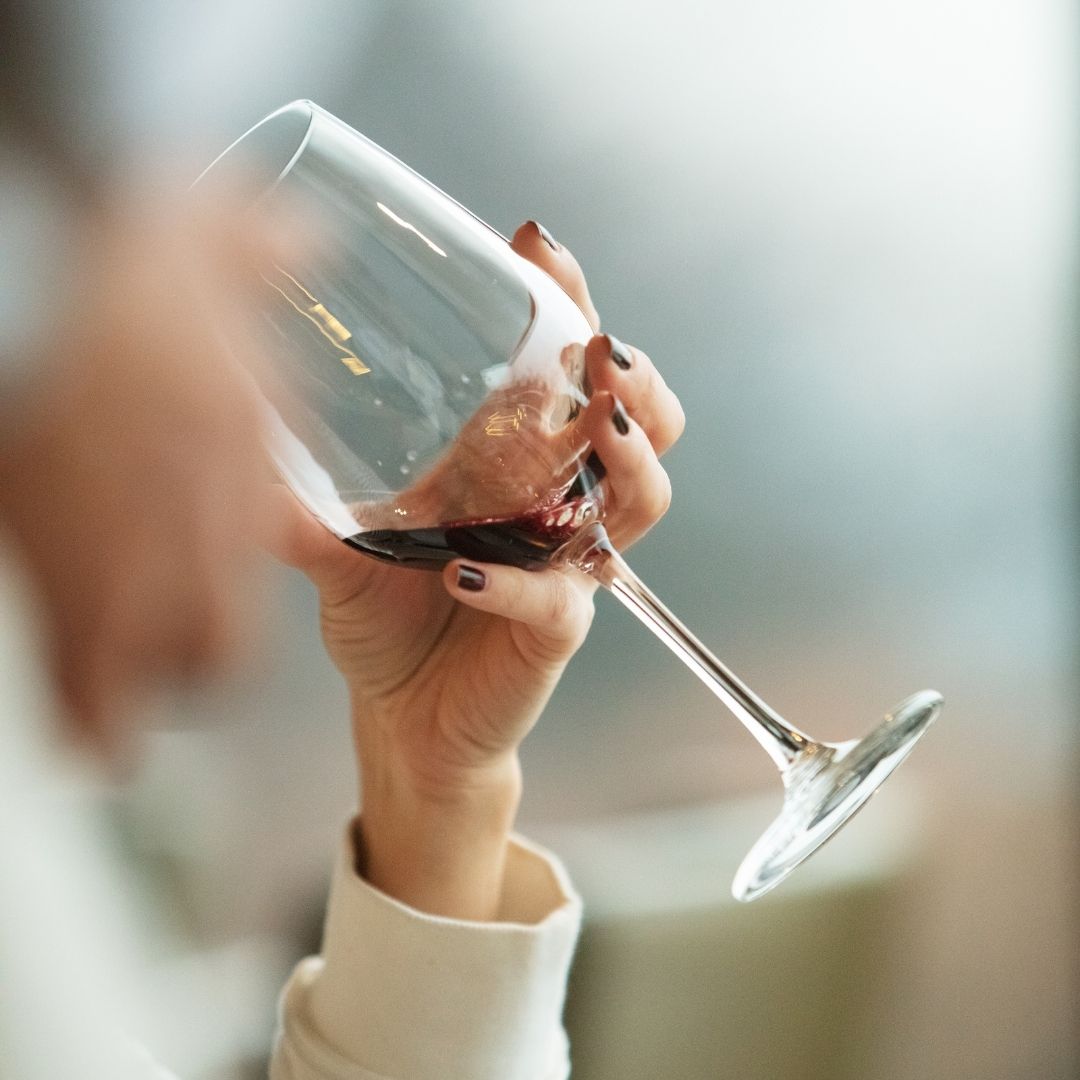Alcohol is so normal in our culture that it’s easy to forget it’s a chemical that has very real biological effects. Here’s a simple, science-backed breakdown of what alcohol actually does in your body - and why it affects your mood, sleep, hormones and recovery.
How Alcohol Actually Works
When we talk about ‘alcohol’, we’re talking about ethanol - a tiny molecule that gets absorbed straight through your stomach lining and small intestine. Because it’s so small, it slips into the bloodstream quickly and travels everywhere: your brain, liver, gut, muscles, and even interacts with your hormones. Once it reaches the brain, it starts altering the chemistry that controls your mood and behaviour.
The big players are:
- GABA: Your brain’s ‘calm down’ system. Alcohol boosts GABA activity, which is why you feel relaxed, warm and a bit slower.
- Glutamate: Your brain’s ‘switch on’ system. Alcohol suppresses glutamate. This makes you less sharp, delays reactions and affects memory (hello, patchy memory).
- Dopamine: The ‘reward’ chemical. Alcohol nudges up dopamine temporarily, giving you that brief buzz or confidence boost.
Together, these effects create the sensations of being drunk.
The combination?
Relaxed → lowered inhibition → fuzzy thinking → impaired coordination → emotional swings → feeling sleepy or silly.
Short-Term Effects: What Happens Immediately
Within minutes to hours, alcohol can cause:
- Higher heart rate
- Lower blood sugar (followed by cravings)
- Slower digestion
- Reduced decision-making
- Mood changes
- Disrupted body temperature control
- Dehydration
And importantly… It massively disrupts sleep - even if you fall asleep faster. Which is why we can feel less sharp, less motivated and generally a bit blue the morning after a boozy night.
Long-Term Effects: What Happens With Regular Drinking
Long-term drinking can lead to:
- Liver stress or damage
- Higher blood pressure
- Increased inflammation
- Slower muscle recovery
- Worsened anxiety or low mood
- Hormonal imbalance (especially for women)
- Poorer gut health
- Higher risk of chronic disease
Now I’m never one to fear monger but I would say that if you’re seeing signs of any of these starting to be problematic then shifting away from alcohol could be of benefit.
How Your Body Breaks Down Alcohol
Your liver does most of the work using enzymes:
- Alcohol dehydrogenase (ADH) converts alcohol into acetaldehyde - a toxic, inflammatory compound (this is what makes you feel sick/hungover). It’s actually more harmful than ethanol and lots of people have a slow second phase of liver detoxification to mop this up. This also falls as we age which is why hangovers feel worse in our 30s, 40s and 50s than when we were 20 something!
Certain herbs like milk thistle support Phase II liver detox, so you could try taking this liver complex before drinking to help.
- Another enzyme converts acetaldehyde into acetate, which your body can break down into water and carbon dioxide.
Your liver can only detoxify a set amount per hour. Anything extra circulates through your body, affecting organs and hormones. So timing your alcohol intake by alternating each drink with water, and eating first which will slow release into the bloodstream, is really helpful.
Why Women’s Alcohol Tolerance Changes Across the Cycle
Hormones change the way your body handles alcohol - and the difference can feel huge.
Follicular phase (from period to ovulation):
- Oestrogen rising
- Progesterone is low
- Metabolism is slightly faster
- You generally tolerate alcohol better
Luteal phase and Perimenopause:
- Progesterone rises, slowing liver processing
- Blood sugar becomes less stable
- Alcohol intensifies PMS-like symptoms
- More anxiety, poorer sleep, worse moods
- Hangovers often feel harsher
In perimenopause, fluctuations in oestrogen and progesterone make these effects even stronger.
Alcohol and Sleep: Why It Ruins Your Rest
Alcohol might make you feel sleepy, but, ironically, it prevents proper restorative sleep. It suppresses REM sleep (the phase responsible for emotional processing and memory) by blocking it early in the night, which often leads to that familiar 2–4am wake-up. At the same time, it creates lighter, more fragmented sleep by keeping your heart rate higher, interfering with temperature regulation, and contributing to dehydration. Alcohol also reduces muscle recovery by slowing protein synthesis and blocking the release of growth hormone, which your body relies on for tissue repair. Even one or two drinks close to bedtime can noticeably affect the quality of your sleep.
Again I am all for seeing the potential issues and supporting our body to overcome these. Taking a 5HTP supplement before bed when you’ve been drinking will support melatonin and help you sleep.
Tips for Healthier Drinking (If You Choose to Drink)
✔ Finish drinking 2–3 hours before bed. Gives your body time to metabolise most alcohol before sleep.
✔ Always eat first. Especially protein, fats, and fibre to slow absorption and stabilise blood sugar.
✔ Drink water between drinks. Helps hydration, reduces inflammation, and slows you down.
✔ Know your cycle. Be gentler on yourself in the luteal phase and in perimenopause.
✔ Try alcohol-free alternatives. Great options include:
- Kombucha - try Holos or Loving Foods.
- Sparkling water with lime or herbs - I love Dash Water Cucumber & Mint, Something & Nothing Premium Soda or AQUA Libra Blood Orange & Mango.
- Non-alcoholic beers/wines/spirits. My recommendations here are Pentire Adrift Botanical Alcohol Free Gin, Seedlip Garden 108 and Caleño Dark & Spicy Tropica Rum if you’re a dark & stormy fan. For wines, my go-tos are: Wednesday's Domaine Eclat Sparkling, BOLLE Blanc De Blancs or Oddbird Rosé.
- Mocktails made with herbs, citrus, ginger, or adaptogenic blends
- Even simple soda + bitters
Alcohol affects far more than just your mood in the moment, and being aware of its impact allows you to approach drinking with more intention. Small changes - like eating beforehand, spacing out drinks, or switching to alcohol-free options - can make a meaningful difference to your long-term health.



.jpg)


.jpg)
.jpg)
.jpg)
.jpg)
.jpg)
.jpg)
.jpg)
.jpg)
.jpg)
.png)
.png)
.png)
.png)
.png)
.png)
.png)


